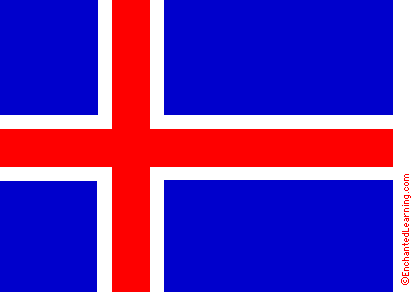It was a pleasure being in Stockholm this week and thinking about emerging markets, for a change.
Back home in Lisbon, we feel more like we are “submerging”…
 Capital flight is the predictable consequence of such failures to protect retail depositors and savers.
Capital flight is the predictable consequence of such failures to protect retail depositors and savers.
Back home in Lisbon, we feel more like we are “submerging”…
Now we hear of the real the threat of bank runs, which can be seen as the measure of the mismanagement of the intra-Eurozone debt crisis.
First, the foreign bank creditors and investors, whose excessive lending made possible the excessive borrowing, were mostly saved and have been allowed to reduce their exposure sharply since 2009, being paid out from the bailout funds, the ECB funding and TARGET2 balances.
No real efforts were made to extend maturities on external debt, to stabilize export finance, etc.
Recapitalization of the large European banks in order to absorb eventual losses hardly went beyond the discussion stage.
Then, borrowing countries were demonized, and local depositors and local investors were sacrificed with the CAC-Collective Action Clauses, instead of having the benefit of protection from reinforced deposit insurance schemes, as is urgently needed to promote local savings.
We may wish look to Iceland (see presentation by Mr Gudmundsson) to learn about best practices in external debt management. The Icelandic model includes:
0. A sizable devaluation
1. Segregate and secure local retail deposits with a credible deposit guarantee. Icelandic legislation was amended so that (local) depositors would get priority over other general creditors in the case of the winding-up of a bank, although the Deposit Guarantee Directive (94/19/EC) banned such positive discrimination
2. Let external and wholesale funding, including bondholders, take losses, if necessary, especially if external emergency funding is not forthcoming
3. Segregate, carve out and recapitalize, with public funds, local banking business essential to local financial intermediation
4. Resolve, wind down and close failing banks which have become property of their creditors. International banks become just "national" when they collapse.
5. Impose comprehensive capital controls as needed, since EEA States may, under certain circumstances, take protective measures that restrict the free movement of capital.
6. Ring fence the sovereign from bank problems and vice versa, avoid socializing private losses
7. Ask for a referendum vote if taxpayers are being asked to absorb great losses (ex 3% of GDP). Icelandic voters said NO! Small country, big courage.
8. Focus on the balance of payments and on moderating CAB current account deficits and capital inflows AND outflows
9. Reinforce banking regulation, especially in small and relatively defenseless but financially integrated countries
10. Of course, it would have been better to avoid the "hot money" capital inflows to begin with.
Iceland, the little country that could!
Iceland is a member of the EEA- European Economic Area which also includes de EU countries.
Iceland is a member of the EEA- European Economic Area which also includes de EU countries.
Source : http://www.bportugal.pt/pt-PT/OBancoeoEurosistema/IntervencoesPublicas/Lists/FolderDeListaComLinks/Attachments/145/intervpub20120426.pdf
See the Eurozone Testing the Limits of Convergence http://ppplusofonia.blogspot.pt/2011/12/eurozone-crisis-tests-limits-of.html
Eleven lessons from the Icelandic financial crisis http://ppplusofonia.blogspot.pt/2010/02/eleven-lessons-plus-one-from-iceland.html
All eyes on Iceland, profiles in courage http://youtu.be/lNt7zc6ouco
See the Eurozone Testing the Limits of Convergence http://ppplusofonia.blogspot.pt/2011/12/eurozone-crisis-tests-limits-of.html
Eleven lessons from the Icelandic financial crisis http://ppplusofonia.blogspot.pt/2010/02/eleven-lessons-plus-one-from-iceland.html
All eyes on Iceland, profiles in courage http://youtu.be/lNt7zc6ouco

O Brasil tinha controlo de capitais na entrada. A Resolução 63 de 1967 permitia aos bancos tomarem funding externo para repassar a empresas locais, mas os fundos tinham que ficar no Brasil durante pelo menos 5 anos.
ResponderEliminar...France and its own alarming twin deficits is not far from the situation of Greece...
ResponderEliminarTARGET2 com saldos cada vez mais divergentes entre os bancos centrais europeus
ResponderEliminarAgora em video
ResponderEliminarhttp://youtu.be/lNt7zc6ouco